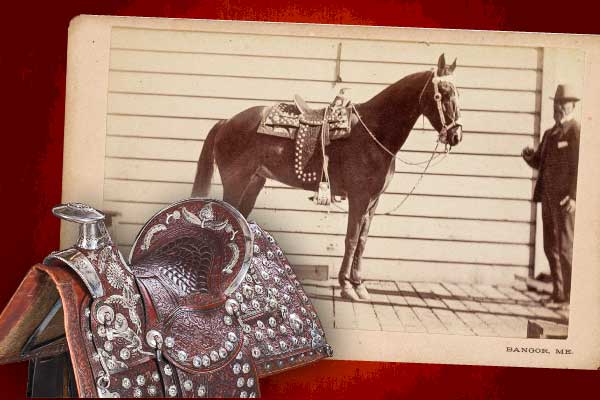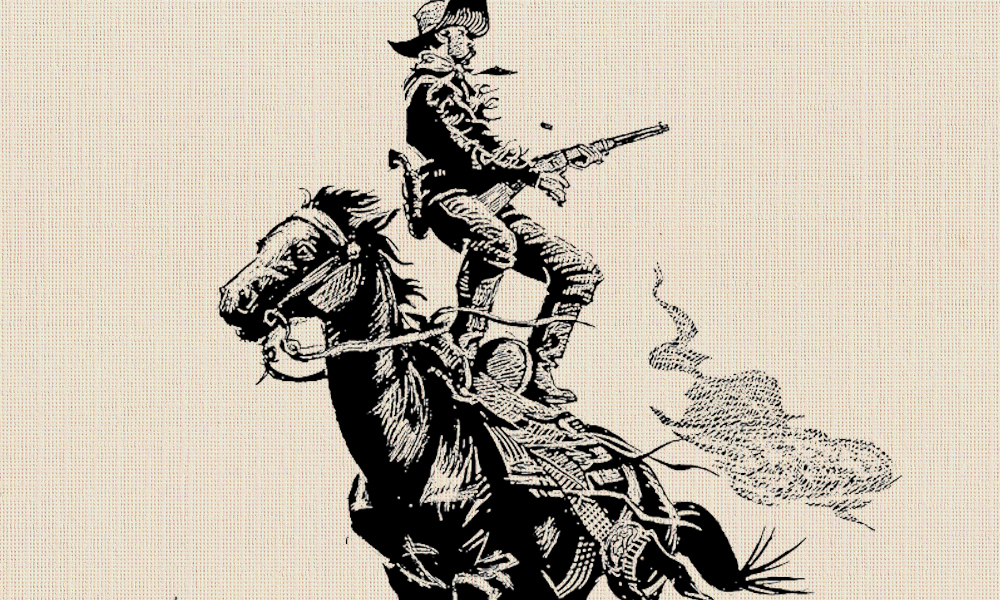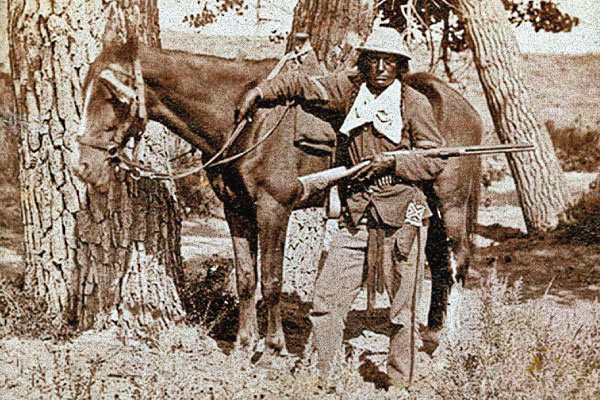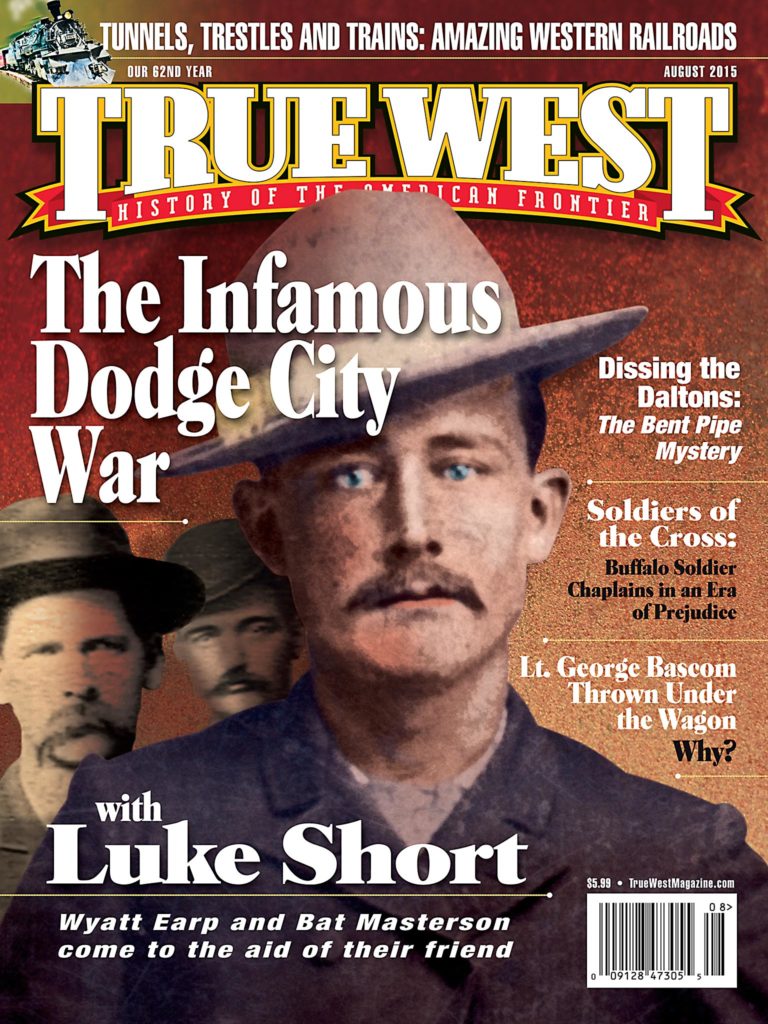 A pioneer who built the “largest Lima bean ranch in the world” owned the “most gorgeous thing of its kind in the world,” a Mexican pattern saddle that landed the top bid at Brian Lebel’s Old West Auction in Fort Worth, Texas, on June 6.
A pioneer who built the “largest Lima bean ranch in the world” owned the “most gorgeous thing of its kind in the world,” a Mexican pattern saddle that landed the top bid at Brian Lebel’s Old West Auction in Fort Worth, Texas, on June 6.
Born in Topsham, Maine, in 1826, Dixie W. Thompson started his career as a cabin boy and ended up in California in 1849. The following July, he unsuccessfully worked the gold fields of Marysville. He returned to San Francisco to work.
In 1852, Dixie began working for his uncle, first transporting sheep to and from Santa Rosa Island and then as island caretaker. His uncle, A.B. Thompson, had served as captain for an 1834 voyage to Santa Barbara, under Richard H. Dana, the author of Two Years Before the Mast. When A.B. married a daughter of Carlos Antonio Carrillo, he got half of the Santa Rosa Island, where he began living in 1844, to raise sheep, cattle and horses.
Dixie gained enough fortune to pay $1,000 in gold to Mexican Republic soldier Felipe Lorenzana, in 1865, for the western portion of Rancho San Miguel—2,400 acres bordering the Pacific Ocean, in today’s Ventura, California, where Thompson Boulevard immortalizes his surname. On this land, with lima beans from Peru, Dixie built up his world-renowned ranch.
After the first-class hotel Arlington was built in Santa Barbara in 1875, Dixie became its first manager. When President Benjamin Harrison visited in April 1891, the city organized its first floral festival, with Dixie leading a parade of riders bedecked as Mexican vaqueros.
In that parade, he rode on the saddle that sold at Lebel’s auction, which Dixie had crafted in 1889 by the Santa Barbara saddlery started in 1858 by Sherman Loomis, which was run by his sons Seth and Al after their father’s death in 1886. “Mr. Thompson realized some years ago that the old California was fast giving way to the new, and the thought occurred to him of preserving as long as possible a relic of those days of almost barbaric splendor in horse-trappings,” reported The Californian Illustrated Magazine, in July 1893.
Dixie first rode on that saddle publicly at a grand Admission day parade in San Francisco in 1890. Every year, he sent Mexican dollars to silver workers who used the metal to further ornament the saddle. A typical Mexican pattern, with high pommel and a well hollowed seat, the saddle featured the most elaborate trappings, including silver rosette borders, a solid silver pommel and a saddle tree hung with silver rings that befit a vaquero.
When Dixie died at the age of 77 on April 16, 1903, The San Francisco Call reported: “Wherever street pageants have been held on the Pacific Coast Captain Thompson was the most picturesque feature of the show.”
Along with the world’s most gorgeous Mexican pattern saddle, Brian Lebel auctioned off other collectibles tied to the historic Old West era for a grand total of $1.5 million inclusive of premium.





